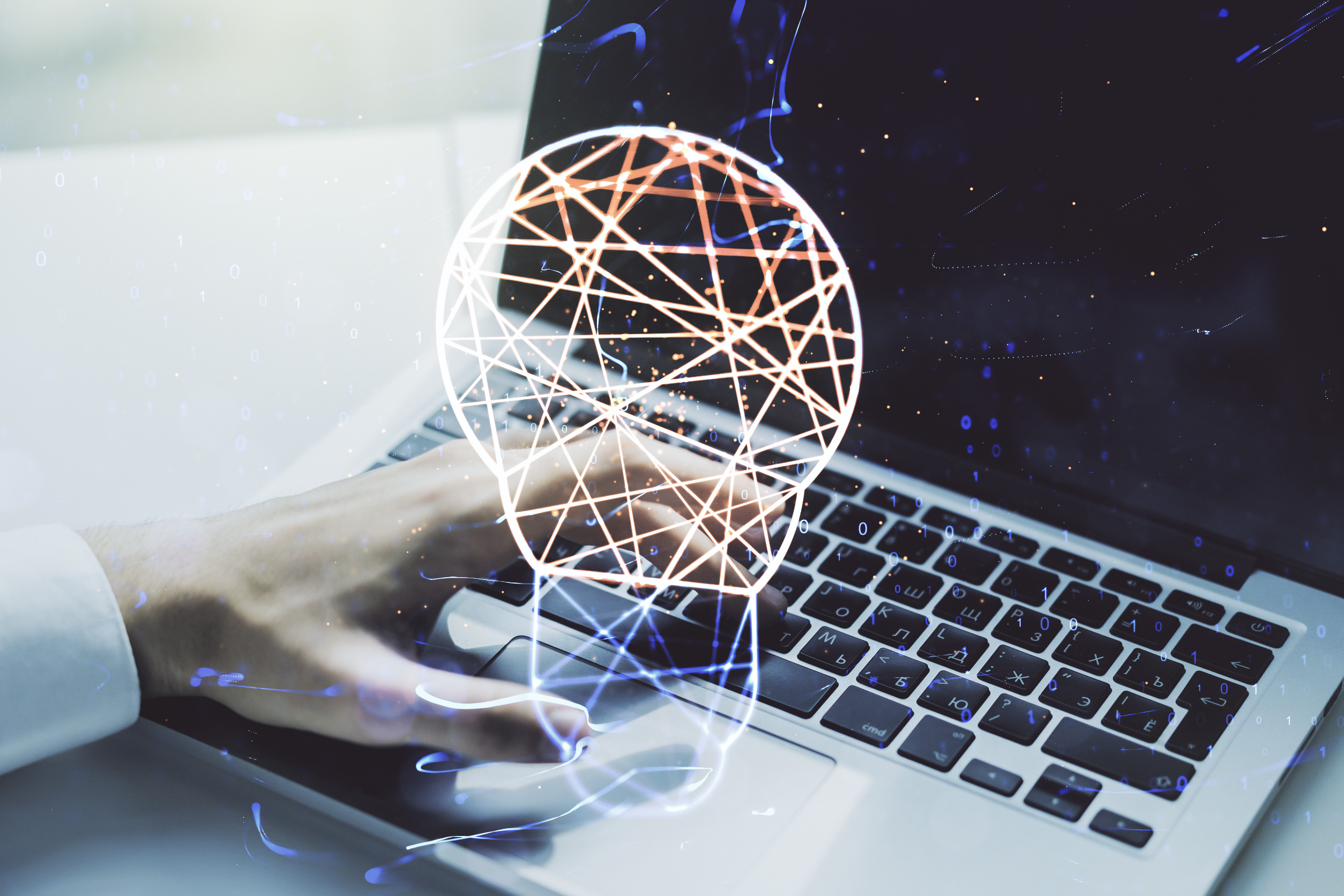AIC empowers employees to transition to hybrid work
- Shawn Liew

“Our move towards ‘Work Away from Office’ (WAO) will empower our employees to adopt a work arrangement that would help them balance their personal and professional demands while meeting the roles required by the organisation.” – Tan Kwang Cheak, CEO, Agency for Integrated Care (AIC).
Like many organisations in Singapore, the Agency for Integrated Care (AIC) pivoted fully to adopt work-from-home (WFH) practices when the pandemic began to disrupt work in 2020. With the government recently announcing that all employees can return to the office, AIC is now easing its employees back to the office gradually after close to two years of remote work.
Since 1 May 2022, AIC has implemented its “Work Away from Office” (WAO) policy, where employees can opt to work away from office locations for up to eight days a month.
Tan Kwang Cheak, CEO of AIC, shared with HRM Magazine Asia, “Our move towards WAO will empower our employees to adopt a work arrangement that would help them balance their personal and professional demands while meeting the roles required by the organisation.”
“As a start, our WAO policy will provide a work environment where all employees can choose to work away from the office up to eight days a month or two days a week, based on their personal and professional needs.”
For AIC employees who require greater flexibility in their hybrid work arrangements, they can, in consultation and agreement with their supervisors, consider adopting two other hybrid work arrangement options in the WAO policy, which is to work away from office for up to 12 days a month or beyond.
With a range of workplace adjustments, IT enablers, and HR policies that have been refined through the transition from WFH to WAO, Tan is confident that AIC employees will embrace the organisation’s hybrid model of work, especially when communication lines are kept open.
He shared, “Employee feedback is important when we were designing our hybrid model of work, and through employee feedback and consultation across our various platforms, we were able to take into consideration views from employees, supervisors, and management on the critical success factors for our hybrid work strategy to be effective.”
Regular townhalls and engagement sessions were conducted to solicit feedback, take on suggestions, and address specific concerns. These were then translated into the specifics of the WAO policy, which was designed to provide employees with the flexibility to adopt the arrangement best suited to meet their professional and personal needs.
For a hybrid work strategy to be successful, Tan advised companies to consider the readiness of their organisation’s mindset (People and Culture), the physical work environment (Workspace), as well as the IT and digital infrastructure (Technology).
Where technology is concerned, AIC has focused their efforts to ensure that secured online access to all their applications and databases are available for all staff, and to ensure all staff have access to sufficient bandwidth to support remote access.
“We have introduced virtual meeting platforms and collaborative tools, such as Miro, Mentimeter, and Pigeonhole, to enable discussions to take place effectively,” Tan highlighted. “With the transition back to the office and hybrid work, Wi-Fi bandwidth in our premises was increased and meeting rooms have been equipped with teleconferencing capabilities. Organisational-wide engagement and communications were enabled using Workplace by Facebook, and we are also looking to introduce more collaborative and productivity tools with Microsoft 365.”
In the absence of any of the three pillars of People and Culture, Workspace, and Technology, the effectiveness of the hybrid work strategy will be nullified, Tan cautioned, before adding, “The continued focus to train staff on virtual collaboration and communication modes, and managing teams on hybrid modes, is also important.”
At AIC, checklists are drawn up to help individuals map out what they require to work effectively in a hybrid environment. Workshops are also conducted to help employees and supervisors alike learn to appreciate, anticipate, and manage the impact of working within a hybrid environment, and how to partner with one another effectively.
To enable greater flexibility and effectiveness in a hybrid work environment, AIC moved to build infrastructure enhancements in the form of more collaborative spaces and personal workspaces.
AIC is also planning to introduce a staff charter, or commitment statement, that highlights the social contract between the organisation and employees in moving to WAO mode, and which clarifies expectations across all levels based on AIC’s values.
Tan added, “We are also introducing a work-life harmony guide to help employees balance the impact of changes, such as the encroachment of work demands on personal lives as we move to WAO mode.”
Building a healthy and effective hybrid workforce
With many organisations now prioritising employee wellbeing as workers continue to adjust to hybrid work, Tan was keen to emphasise that AIC’s people are at the heart of what they do. “Taking care of their physical, emotional, social, and mental wellbeing, whether through self-care of mutual support, will always be a priority,” he explained.
For example, AIC has designated Wednesdays as “Wellness Wednesdays” to promote physical and mental wellness, as well as to remind employees to practise self-care. To keep employees active, resources on mental and physical wellbeing are provided, while activities such as virtual group workouts, mental health workshops, and weekly communications on wellness tips are organised. “We have also demarcated 5pm to 6pm every Wednesday as Wellness Hour for staff to exercise and participate in self-care workshops,” Tan added.
Since 2019, the AIC Peer Support System has provided a network of trained staff to provide basic emotional support for employees who are feeling distressed. For those who need professional support, AIC has also provided access to external counselling partners, creating an overall mental health and wellbeing framework to support employees, Tan revealed.
“We support bonding at the team and division level through virtual workshops and activities, and a team bonding fund was also set up. I hold ‘coffee chats’ sessions regularly to engage staff, and virtual lunches are encouraged as part of team engagement,” he concluded.
Click here to check out the IHRP Playbook for Hybrid Workplaces, designed to support Singapore businesses who are considering and implementing hybrid work arrangements.






